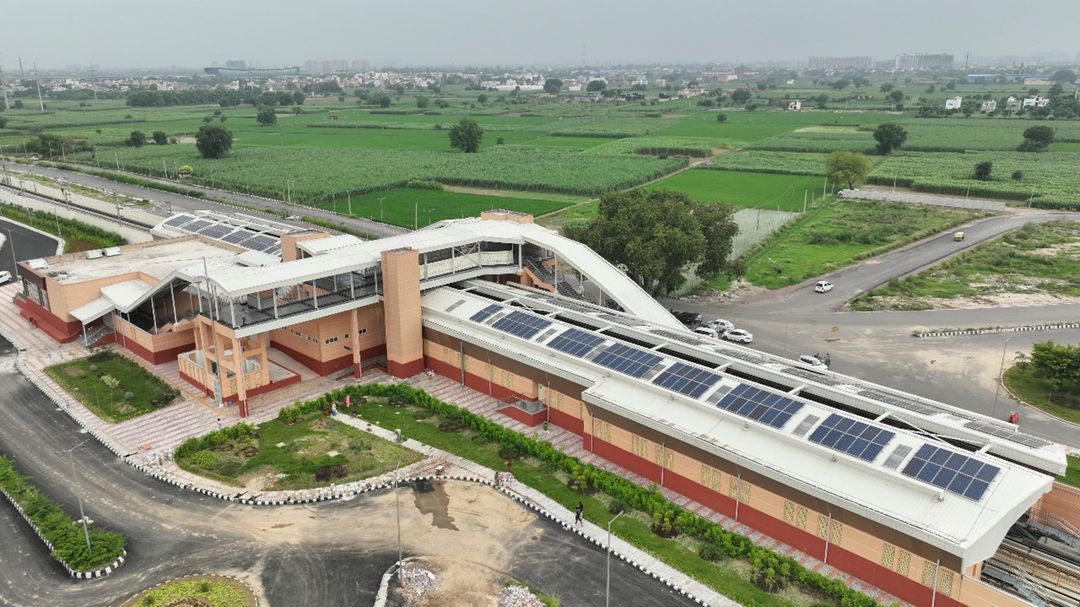
Clean Energy Milestone Achieved as India Ramps Up Solar Capacity and Output
New Delhi, April 8, 2025 — India has emerged as the third-largest producer of electricity from wind and solar energy in 2024, surpassing Germany, according to the latest Global Electricity Review by global energy think tank Ember. The milestone marks a significant step in India’s transition towards clean energy.India's Growing Role in the Global Clean Energy Shift
The report highlights that wind and solar energy together accounted for 15% of global electricity generation in 2024, with India contributing 10% to its own electricity mix from these sources. This advancement places India behind only China and the United States in wind and solar power production.Globally, low-carbon sources — including renewables and nuclear power — generated 40.9% of total electricity, crossing the 40% threshold for the first time since the 1940s. In India, clean energy sources contributed 22% to electricity generation, with hydropower at 8%, and wind and solar making up the remaining 10%.
Solar Leads the Surge in Renewables
2024 saw a record addition of 858 terawatt hours (TWh) in global clean electricity generation — 49% higher than the previous record set in 2022. Solar led the expansion for the third year in a row, contributing 474 TWh, and remained the fastest-growing energy source globally for the 20th consecutive year.India's solar momentum was equally remarkable. Solar power accounted for 7% of India’s electricity mix in 2024, doubling its share since 2021. The country added 24 gigawatts (GW) of solar capacity — more than double the capacity added in 2023 — making it the third-largest solar market globally, following China and the US. India also registered the fourth-largest increase in solar generation, contributing an additional 20 TWh in 2024.
Experts Highlight the Importance of Solar in India’s Energy Future
“Solar power has become the engine of the global energy transition,” said Phil MacDonald, Managing Director at Ember. “Paired with battery storage, solar is set to be an unstoppable force.”Aditya Lolla, Asia Programme Director at Ember, added, “With electricity demand set to rise across Asia, a robust clean energy market is crucial. It will boost energy security, economic resilience, and unlock the benefits of a clean energy economy.”
Neshwin Rodrigues, Senior Energy Analyst at Ember, emphasized India’s progress but warned of the challenges ahead: “India has made notable strides in renewables, but clean energy generation must scale faster to match the growing electricity demand.”
International Recognition and National Targets
In February, UN climate chief Simon Stiell described India as a “solar superpower”, stating that full integration into the global clean energy boom could further accelerate India’s economic ascent.India’s climate roadmap, as outlined in its Nationally Determined Contributions (NDCs) to the UNFCCC in 2022, targets achieving 50% of installed electric capacity from non-fossil sources by 2030. In 2021, the government also announced a broader target of 500 GW of non-fossil fuel capacity by 2030, a figure that, while not part of the official NDCs, remains central to national energy planning documents like the 14th National Electricity Plan.
However, Ember’s earlier report in February cautioned that India is at risk of missing the 500 GW mark unless annual renewable energy investments increase by at least 20% over current levels.
Last updated by a enewsx: